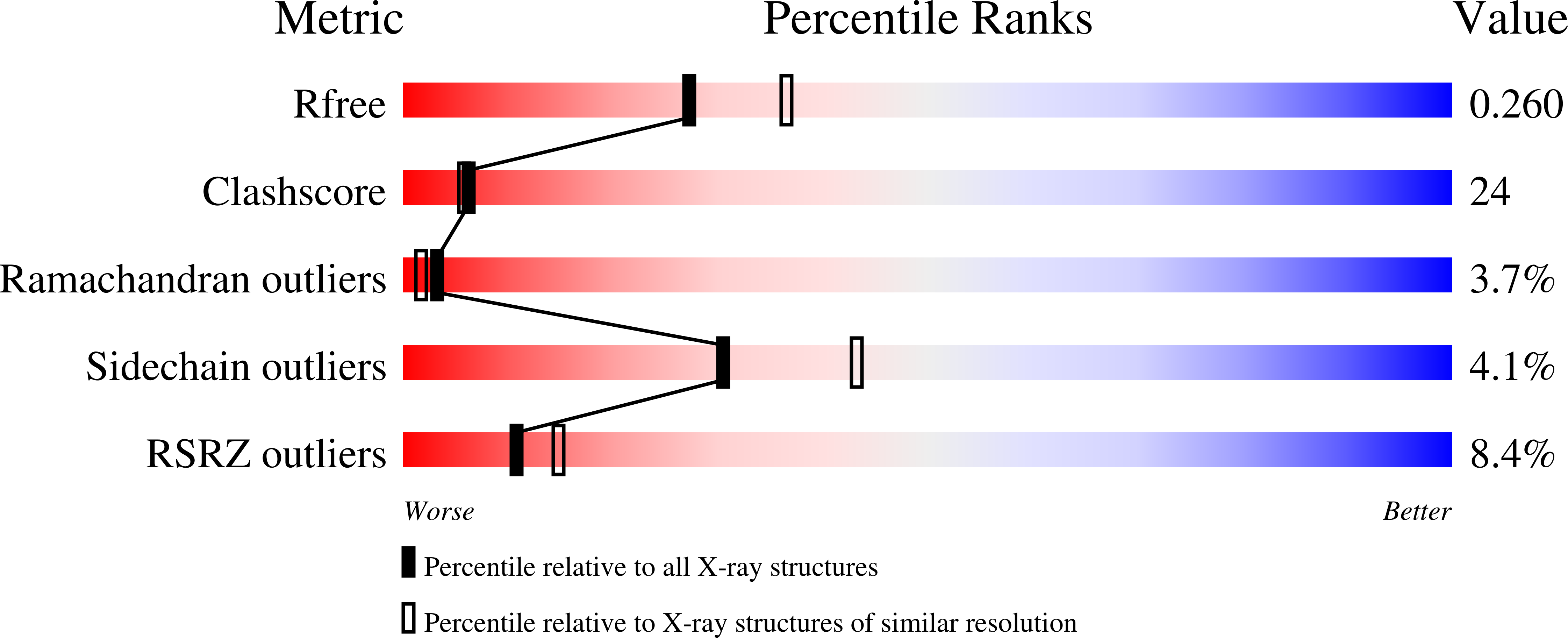
Deposition Date
2003-03-03
Release Date
2003-07-22
Last Version Date
2024-10-30
Entry Detail
PDB ID:
1OOK
Keywords:
Title:
Crystal Structure of the Complex of Platelet Receptor GPIb-alpha and Human alpha-Thrombin
Biological Source:
Source Organism:
Homo sapiens (Taxon ID: 9606)
Host Organism:
Method Details:
Experimental Method:
Resolution:
2.30 Å
R-Value Free:
0.26
R-Value Work:
0.21
R-Value Observed:
0.21
Space Group:
P 43 21 2


